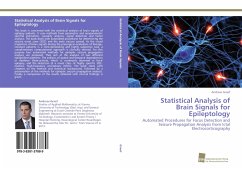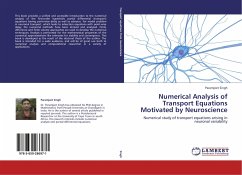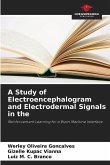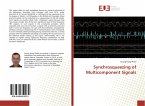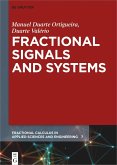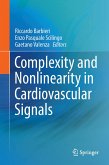This book is concerned with the statistical analysis of brain signals of epilepsy patients. It uses methods from parametric and nonparametric spectral estimation, causality analysis, signal detection and factor analysis. The book deals with automated procedures for determining the seizure onset zone (SOZ) and the early seizure spread. As the visual inspection of brain signals during the presurgical evaluation of therapy-resistant patients is a time-demanding and highly subjective task, a complimentary computational approach is clinically desired. For this purpose four automated methods for epileptic seizure propagation analysis are proposed. They aim at the analysis of two different epileptiform patterns: The analysis of spatial and temporal dependencies in rhythmic theta-activity, which is commonly observed in focal epilepsy, and the detection of a novel class of highly specific SOZ-markers, high-frequency oscillations (HFOs). The book starts with chapters on the medical and statistical background, followed by a presentation of the methods for epileptic seizure propagation analysis. Finally a comparison of the results obtained with clinical findings is given.
Bitte wählen Sie Ihr Anliegen aus.
Rechnungen
Retourenschein anfordern
Bestellstatus
Storno

